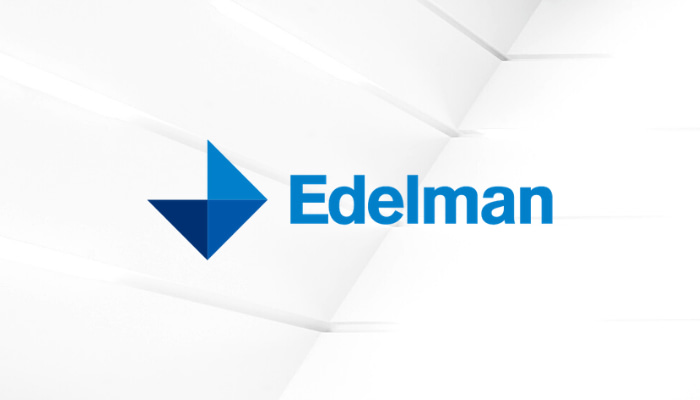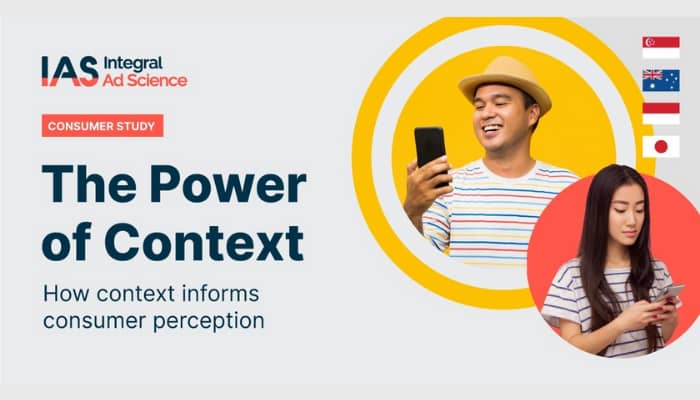New York, USA – In a greater aim to widen its studies of trust across global institutions, global communications and public relations firm Edelman has announced the launch of the Edelman Trust Institute, which is now the firm’s dedicated global center for studies concerning trust across businesses, media companies, academia, and the general civil society.
The global center launch is built upon the company’s reputation for trust-centric studies for the past two decades, most notably its Edelman Trust Barometer, a series of studies that the firm conducts across various markets and industries globally to measure the level of consumer trust these institutions have built across their clients and their constituents.
Russell Dubner, global vice chairman of Edelman, shared that the reason they invested in the Edelman Trust Barometer is their strong belief that consumer trust and its impact on the world deserved to be studied and understood.
“Society is at an inflection point, and we believe that trust is the foundational currency of stakeholder capitalism and a defining business metric for companies and brands. Trust guides leadership, strategy, policy, and sustained action and has never been more valuable to institutional and business leaders,” Dubner said, who now also serves as a chairperson for the Trust Institute.
The ultimate goal of the Edelman Trust Institute is to provide leaders across institutions with a deeper understanding of the state of trust and equip the C-suite and boards with actionable insight about the changing dynamics of trust-building and erosion. The Trust Institute will serve as a partner to academia, leading companies, foundations, and other institutions committed to understanding and expanding trust.
Richard Edelman, CEO at Edelman, notes that with business deemed to be the most trusted institution globally and inevitably himself afforded the same reputation, it’s clear that trust is the element that binds business stakeholders together.
“This is why we are making a multi-year investment in a collaborative endeavor with academia and other leading thinkers to build a deeper understanding of trust and its linkage to success. The Edelman Trust Institute is the next chapter in our commitment to the study of trust,” he stated.
As a start, the Trust Institute will be releasing a slew of brand trust reports throughout the latter parts of June this year, as well as the aspect of returning to work by September. They will be also releasing a series of studies about sustainability by November this year, which coincides with the observance of the UN Climate Change Conference (COP 26).
The company will also delve into a library of the firm’s global trust tracking data on more than 200 companies and brands as well as a growing pool of trust data based on the firm’s proprietary algorithms that process ‘trust signals’ from editorial and user-generated content. This data, traditionally used for the firm’s trust methodology, R&D, and client engagements, will be used to generate new insights and foresight on the state of trust.
In addition, Edelman has also appointed Justin Blake as the Trust Institute’s first-ever executive director, where he will be responsible for setting the Institute’s editorial agenda, forging partnerships with academic institutions and other partners, overseeing the development of Trust Labs and content related to the state of trust.
He still retains his other current position as global chair of Executive Positioning at Edelman, and will report to Dubner, and will be based in New York.
“At the time we were doing one report a year. This past year we produced 12 Trust Barometer reports and Trust is now at the center of conversations by leaders across institutions. It has been incredible to have a ring-side seat as it’s grown in scale and importance. I’m excited to now help it expand its impact, supporting institutions as they seek to build and maintain trust during these skeptical times,” Blake stated.
To strengthen the capabilities of the Edelman Trust Institute, the firm has assembled a core group of advisors to shape its research, programming and partnership agenda. This diverse group of professors, former journalists and authors are authorities on the intersection of business, media, policy and civil society.
The board includes Pierre Chandon, the L’Oréal chaired professor of marketing—Innovation and Creativity at INSEAD and director of the INSEAD-Sorbonne University Behavioral Lab; Stephanie J. Creary, organizational scholar and assistant professor of management at The Wharton School of the University of Pennsylvania, among others.



















